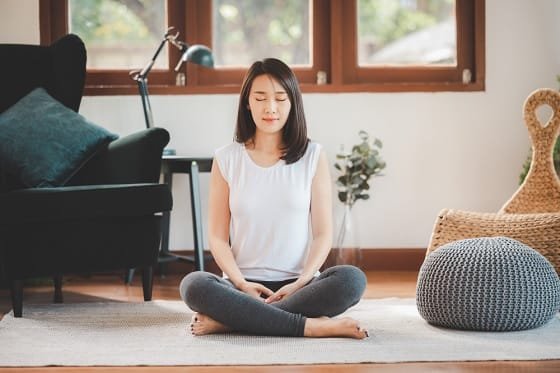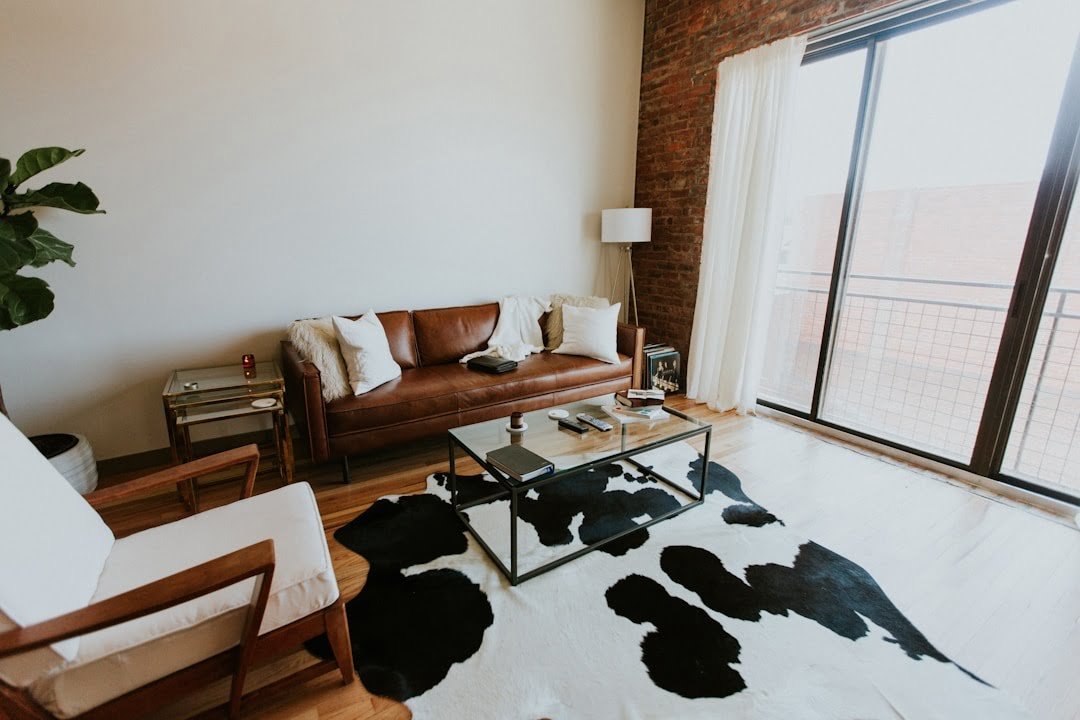More than just a place to rest, the environment within our homes can have a significant impact on our overall health and well-being. Whether you’re looking to improve physical health, mental clarity, or emotional balance, your home can be designed to support your wellness journey. By making small but meaningful changes, you can create a space that promotes both relaxation and rejuvenation.
Declutter for Mental Clarity
One of the easiest ways to start promoting wellness at home is by decluttering your space. A cluttered environment can create unnecessary stress, making it harder to focus and relax. Take some time to organize your living areas, getting rid of items you no longer need. This doesn’t mean you have to strip everything away—focus on removing distractions and creating a space where your mind feels at ease. When your home is free of clutter, it becomes easier to focus on your well-being.
Bring Nature Indoors
Incorporating elements of nature into your home is another effective way to promote wellness. Plants not only improve air quality by filtering out toxins, but they also have a calming effect on the mind. Studies have shown that greenery can reduce stress and anxiety, making it an ideal addition to any living space. If you don’t have a green thumb, consider starting with easy-to-care-for plants like succulents or snake plants. Natural light is equally important—keep your windows open during the day to let in sunlight, which is essential for regulating mood and boosting energy levels.
Create a Restorative Sleep Environment
Quality sleep is the cornerstone of health, and creating a space that promotes restful sleep is essential for overall well-being. Start by choosing calming colors for your bedroom, such as soft blues or neutrals, which can help create a peaceful atmosphere. Additionally, invest in comfortable bedding and blackout curtains to ensure a good night’s sleep. Reducing electronic distractions is also key—try keeping phones and tablets out of the bedroom to minimize blue light exposure, which can interfere with your body’s natural sleep cycle.
Set Up a Wellness Corner
Having a designated area for wellness activities like meditation, yoga, or simple stretching exercises can help you stay committed to your health goals. It doesn’t have to be a large space; even a small corner of a room can be transformed into a wellness sanctuary. Fill this area with things that inspire relaxation and mindfulness, such as candles, cushions, or calming artwork. By creating a dedicated wellness space, you’ll find it easier to prioritize these activities in your daily routine.
Focus on Air and Water Quality
The quality of the air and water in your home plays a big role in your overall health. Investing in an air purifier can help remove allergens and pollutants, ensuring you’re breathing clean air. Regularly cleaning and vacuuming your home can also help minimize dust and other irritants. Similarly, consider installing a water filtration system to ensure the water you drink and cook with is free of contaminants. Clean air and water are fundamental to maintaining good health, and making these small adjustments can have a big impact on your wellness. For those looking to support general health maintenance, incorporating multivitamins like USANA Cellsentials can complement your efforts to create a wellness-focused home environment.
Foster Social Connections at Home
Your home isn’t just a physical space; it’s where relationships grow and thrive. Creating an environment that fosters positive social interactions can enhance your emotional well-being. Set up spaces that encourage conversation and connection, such as cozy seating areas in the living room or a welcoming dining table. Invite friends and family over for shared meals or game nights. These simple moments of connection can reduce stress, boost happiness, and even improve your immune system.
Cultivate Mindfulness Through Design
Finally, be intentional with your home design to cultivate mindfulness. Choose items that bring you joy and calm, and avoid filling your space with things that feel chaotic or overwhelming. Minimalist décor can help foster a sense of peace, while personalized touches—such as family photos or favorite artwork—can make the space feel more comforting and uplifting. The goal is to create a home that reflects your values and promotes a sense of harmony.
Drastic Changes Aren’t Necessary
Creating a home environment that promotes health and wellness doesn’t require drastic changes. Through decluttering, incorporating natural elements, and setting up spaces that support restful sleep and social connections, you can design a space that nurtures your physical, mental, and emotional well-being. Small adjustments, such as improving air and water quality and adding a touch of mindfulness to your home design, can make a big difference in how you feel. Ultimately, your home should be a reflection of the healthy, balanced life you wish to lead.










